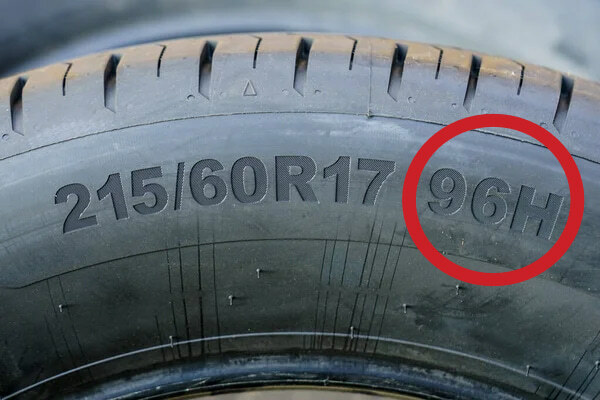Understanding Tire Load Index and Load Range: A Guide for Every Driver
Posted by WheelSetGo on 26th Feb 2024

Understanding Tire Load Index and Load Range: A Guide for Every Driver
Welcome to another informative piece from your go-to source for all things tires and wheels, WheelSetGo! Whether you're a seasoned driver or new to the road, understanding the nuances of your vehicle's tires can significantly enhance your driving experience. Today, we're diving into two critical aspects of tires that often puzzle drivers: the tire load index and tire load range. So, buckle up as we simplify these concepts, ensuring you walk away as a more informed driver.
What is Tire Load Index?
The tire load index might sound like technical jargon, but it's quite straightforward once you get the hang of it. This index is a numerical code that corresponds to the maximum weight that a tire can safely support when properly inflated. It's not a number you want to guess; it's calculated by tire manufacturers based on rigorous testing.
Take a look at the photo below, where you'll see "96H" circled in red on a tire's sidewall. This is a perfect example of where you can find the tire load index on your own vehicle's tires. The number "96" is the tire load index, indicating that this particular tire can carry up to 1,565 pounds when fully inflated.

Let's delve into this with examples: Imagine you're looking at a tire with a load index of 92. This number tells you that the tire can carry 1,389 pounds at its maximum air pressure. If your vehicle requires tires that can support a total weight of around 5,556 pounds (considering all four tires), tires with a load index of 92 would be suitable.
Now, if you encounter a tire, like the one in our photo with a load index of 96, it's designed to support 1,565 pounds. This makes it apt for vehicles that need to carry heavier loads, ensuring that the vehicle remains safe and performs well under various conditions.
Why does this matter? Ensuring your tires meet or exceed the load index required by your vehicle is crucial for safety, performance, and the longevity of your tires. It ensures that your tires can handle the load they're subjected to, preventing premature wear or failure.
Understanding the tire load index, as shown on the tire sidewall in our example, is key to selecting the right tires for your vehicle. It helps ensure that you're equipped with tires capable of supporting your vehicle's weight, contributing to a safer and more efficient driving experience.
And What About Tire Load Range?
While the tire load index deals with specific weight capacities, the tire load range tells us about the tire's ability to withstand different levels of air pressure and, consequently, weight. This is particularly relevant for vehicles that carry heavy loads or tow trailers.
The load range is indicated by letters, ranging from A to F for passenger tires. These letters correspond to the tire's ply rating, which historically referred to the number of layers of fabric in the tire's construction. More layers mean the tire can handle more pressure and, therefore, more weight.
For instance, a Load Range E tire is designed to handle more pressure and support more weight than a Load Range B tire. To put this into perspective, consider a pickup truck used for towing. A Load Range E tire, often found on heavy-duty trucks, can safely handle higher air pressure levels, making it suitable for towing heavy loads. On the other hand, a compact car would typically use tires with a Load Range B, adequate for its lighter weight and lower pressure requirements.
Understanding the difference between these ranges is crucial, especially if your driving needs involve varying loads. Choosing the correct load range ensures your tires can perform optimally, offering you the best balance between durability and safety.
How Do They Relate?
Think of the tire load index and load range as two sides of the same coin. The load index gives you a maximum weight limit, while the load range tells you about the tire's ability to handle that weight under different pressures. Both are crucial for choosing the right tire for your vehicle, especially if you frequently drive with heavy loads or in tough driving conditions.
Why It Matters
Understanding the tire load index and load range ensures that you select tires that can safely support your vehicle's weight plus any additional load you might carry. This is not just about adhering to safety standards; it's about optimizing your vehicle's handling, fuel efficiency, and tire wear. Plus, it can save you from costly damages and, more importantly, prevent accidents.
Final Thoughts
Next time you're browsing through our extensive selection at WheelSetGo or need to replace your tires, take a moment to check these specifications. And remember, if you ever have questions about tire load index, load range, or anything tire-related, our team at WheelSetGo is here to help. Give us a call at 320-247-6160 or visit our website for expert advice and top-quality tire and wheel options. Drive safe, and make every journey a smooth one with the right tires under your vehicle!
